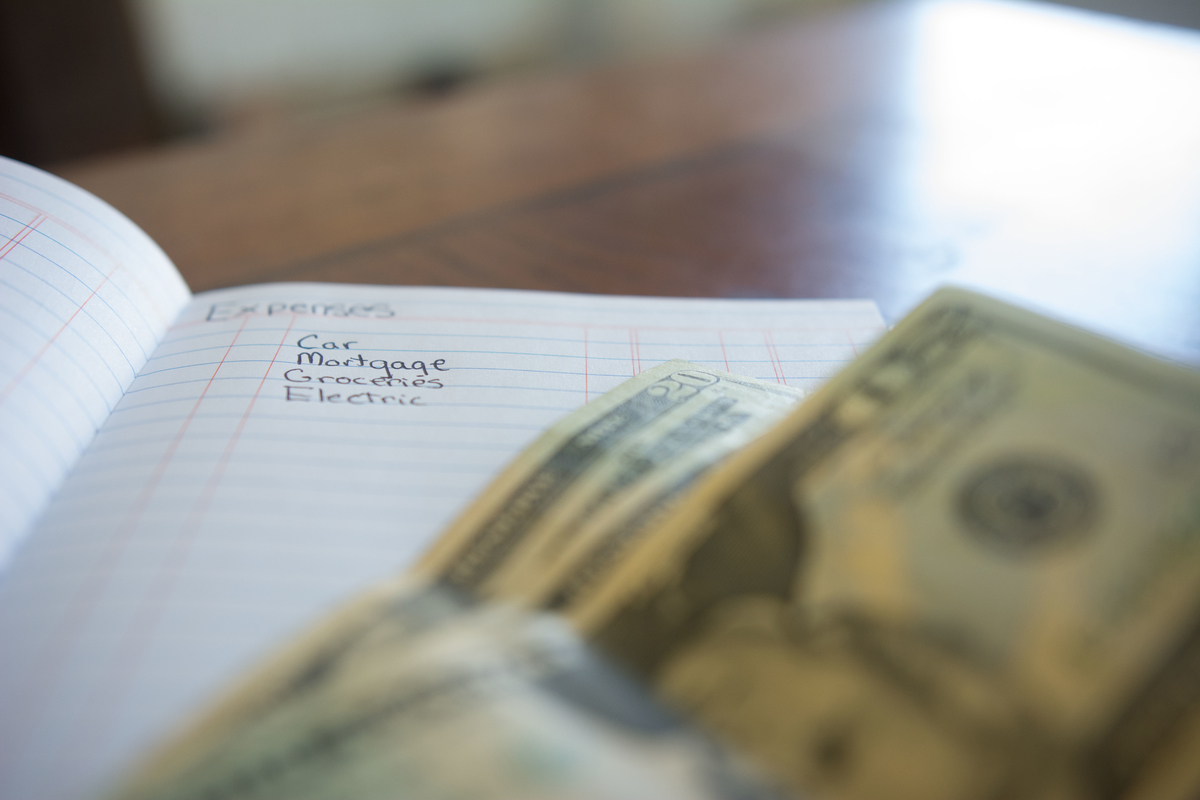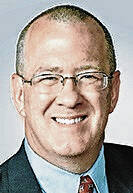


In a recent analysis by Naomi Cahn on ifstudies.org, titled 'It’s Still About the Economy: A Response to ‘The Republican Marriage Advantage’,' the author discusses the significant role economic factors play in influencing marriage rates and family stability, particularly in the context of political affiliation [f27aa5e9]. The analysis responds to a previous IFS research brief which highlighted that Republicans are more likely to be married compared to Democrats, with 71% of Republicans married versus only 53% of Democrats today, a stark contrast to 1969 when marriage rates were equal at 84% for both parties. Cahn emphasizes that demographic differences, including race and age, contribute to these marriage rates, but the underlying issue is economic precarity, which affects family stability more than partisan identity [f27aa5e9].
Cahn and co-author June Carbone argue that the focus should shift from partisanship to economic issues, as economic class significantly impacts marriage and family dynamics. They advocate for policies that support families, such as increasing Child Tax Credits and implementing paid leave, suggesting that bipartisan solutions are necessary to strengthen families across the political spectrum [f27aa5e9].
This perspective aligns with recent findings from FW Business and the Daily Journal, which discuss the broader economic conditions affecting partisan perceptions of the US economy. These sources highlight the widening gap between rich and poor areas, with rich places generally governed by Democrats and poor places by Republicans. The rural-urban income gap is also a critical issue, with rural workers earning significantly less than their urban counterparts [d6b1437e][24925741].
The integration of economic factors into discussions about marriage and family stability provides a more nuanced understanding of how economic conditions influence social structures and political affiliations. As economic disparities continue to grow, addressing these issues through supportive policies may be essential for fostering family stability and bridging the partisan divide [f27aa5e9][d6b1437e][24925741].